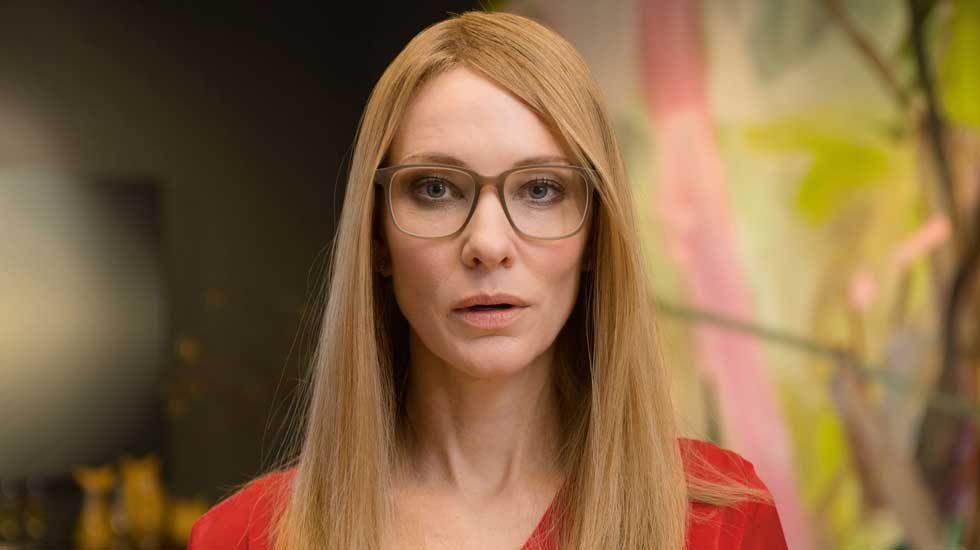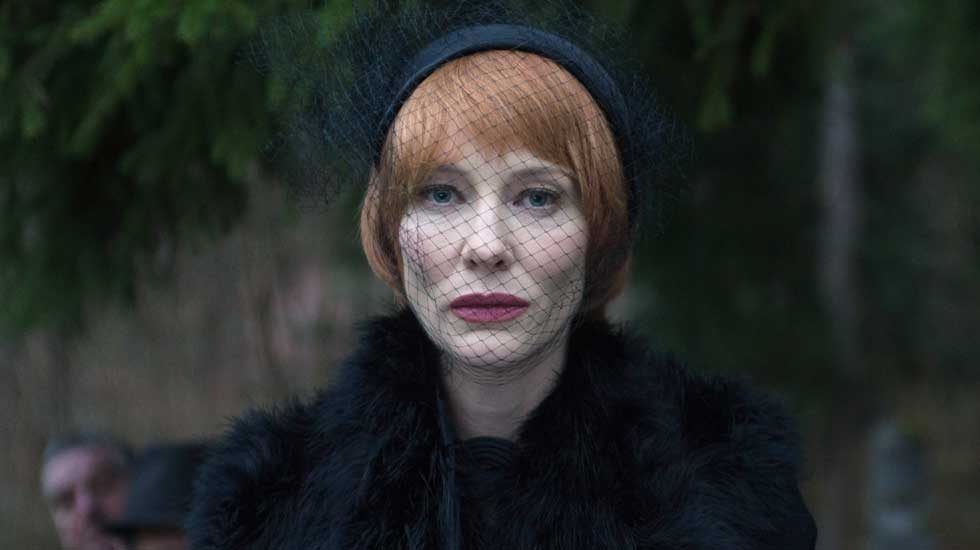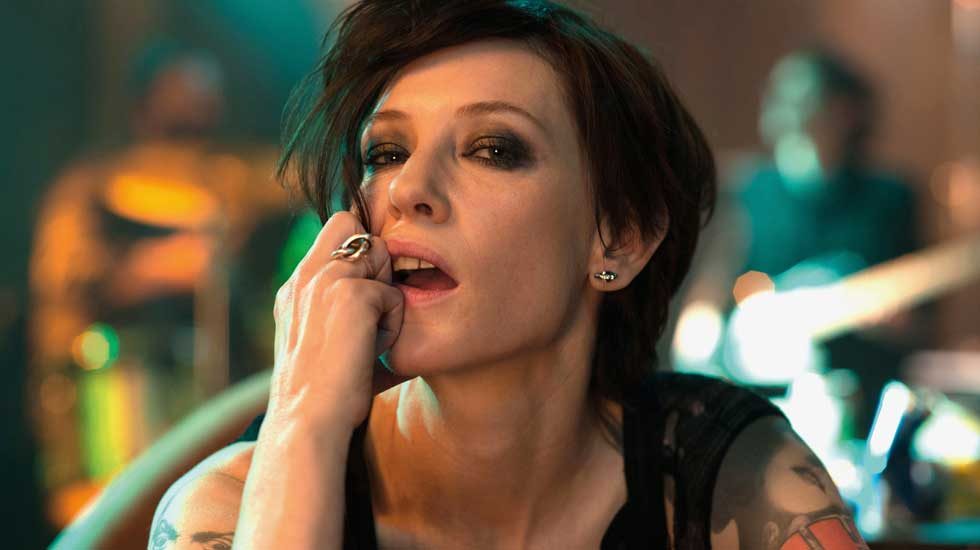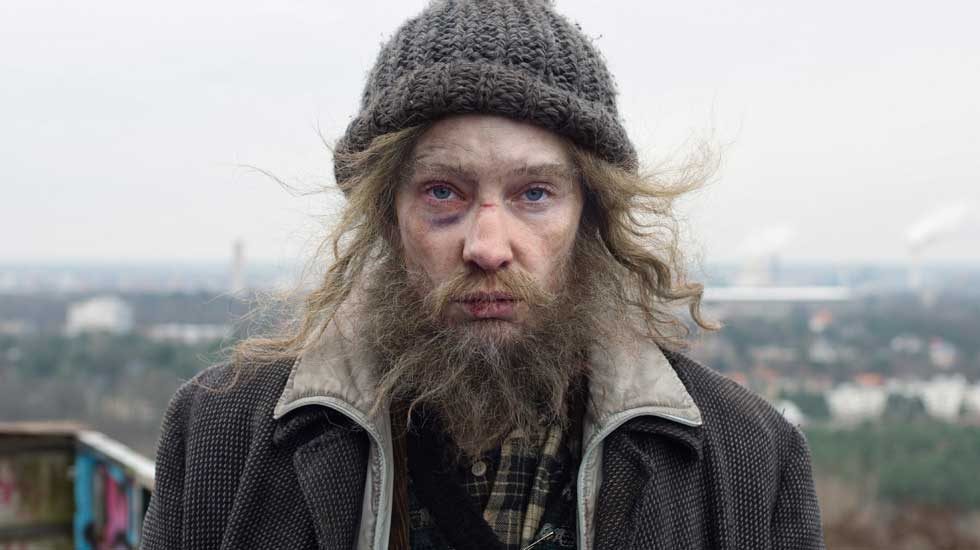“Nothing is original,” the teacher tells her classroom of young children as she casually flips books onto their desks.
“Steal from anywhere that resonates with inspiration or fuels your imagination. And don’t bother concealing your thievery – celebrate it if you feel like it.”
Does it make you feel any better that the teacher is actor Cate Blanchett, and the words are the artist manifesto of American filmmaker Jim Jarmusch? The scene is from Manifesto, an exciting work by German artist Julian Rosefeldt, currently on show at the Art Gallery of NSW.
Rosefeldt tore apart and reassembled around 60 artist manifestos to create 12 monologues, each delivered by the chameleonic Blanchett with 12 very different faces. The ‘new’ manifestos are broadcast as a 13-channel video installation.
“Artist manifestos are declarations and calls to action,” explains Justin Paton, head curator of International Art at the Art Gallery of NSW. “They’re statements that proclaim the artists’ hopes and ambitions. They’re designed to stir things up and stir a response.”
Manifestos are taught in art school as dusty historical curiosities, says the artist, whose interest was piqued by “the mother of all manifestos”, Marx and Engels’ The Communist Manifesto. He dipped in to a rich period of manifesto writing amongst artists in the early decades of the 20th century and again in the 60s, two periods of great social change.
In the early 1900s, these statements of awareness and conviction were often written by painters, who today are generally considered practitioners of a gentle art. Yet, at the time, the writers were filled with conviction that their art could change the world. Dadaists, Futurists, the mixed media and anti-art stance of the 60s and 70s’ Fluxus movement, they’re young, they’re hormone-ridden, they’re delighting in being objectionable: through their manifestos, these artists are stating that their way is the only way.
Don’t expect nuanced statements of ambivalence, warns Paton. These are calls for courage and boldness, independence and freedom.
“No to spectacle,” thumps choreographer and filmmaker Yvonne Rainer, one of the few women whose words are gathered in this litany of manifestos. “No to virtuosity. No to transformations and magic and make-believe. No to the glamour and transcendency of the star image. No to the heroic. No to the anti-heroic. No to trash imagery.”
“Some manifestos are extreme, totalitarian positions, others are dreamy, impossible aims,” says Paton. “But they are heroic statements that inspire us to ask: who are these people who make such statements?”
Rosefeldt has torn apart their words to create wordscapes that Blanchett recites, where the staccato, flow and rhythm of the language becomes the focus, rather than the words.
“No more anarchists. No more socialists. No Bolsheviks. No more politicians. No more proletariats. No more democrats. No more bourgeois. No more aristocrats. No more armies. No more police… Enough of all these insensibilities. No more anything. No more anything. Nothing. Nothing. Nothing. Nothing,” recites the black-clad widow standing by the graveside.
In Rosefeldt’s work, the speaker – always Blanchett – is often the flip side to how the artist penning the manifesto would have seen themselves, particularly given most artists were male. Forget starving artist-in-garret scenarios or revolutionaries roaring their convictions from the steps of war: these ‘heroic statements’ are recited as a mum saying grace at the family dinner table, as a homeless man bellowing into a loudspeaker in a derelict factory site, as a controlled, formulaic newsreader or an tattooed, black-eyed punk in a nightclub. The actor’s 13 monologues are far removed from the context in which they were first conceived.
“They create a choir of different voices,” says Paton.
“Manifesto is a homage to the beauty of artists’ manifestos – a manifesto of manifestos,” has said Rosefeldt of his work.
Filmed in 2014 in Rosefeldt’s hometown of Berlin with a production budget of E90,000, Manifesto’s challenges included the many costume changes and the tightest of timeframes – the entire project was filmed in just over eight days.
The final work is an Australian-German collaboration between the Art Gallery of NSW, the Melbourne-based Australian Centre for the Moving Image (ACMI), Museum für Gegenwart, Sprengel Museum, and Ruhrtriennale Festival of the Arts.
“It’s a work of extraordinary ambition. In supporting it, we were engaging in a leap of faith,” says Paton. “The work was not bought off the shelf, it was co-commissioned, which is exceptionally exciting.”
One of Paton’s favourite manifestos is that of American experimental architect Lebbeus Woods, whose post-earthquake work in San Francisco brought his work to international attention.
He ends his manifesto with the words, ‘Tomorrow, we begin together the construction of a city.”
“It’s a mysterious, hopeful, quietly utopian statement,” says Paton. “Who is the ‘we’? What is this community that will do the construction, and what is this city that they are going to, or need to build?”
“It’s poetic, powerful and elusive. All the key elements of a good manifesto.”
Manifesto is on show at the Art Gallery of NSW until March, 2017. More information








